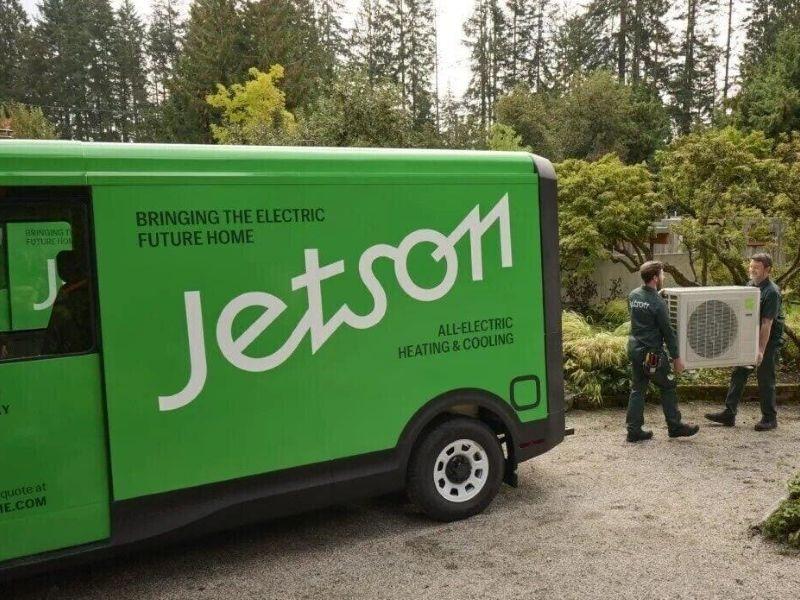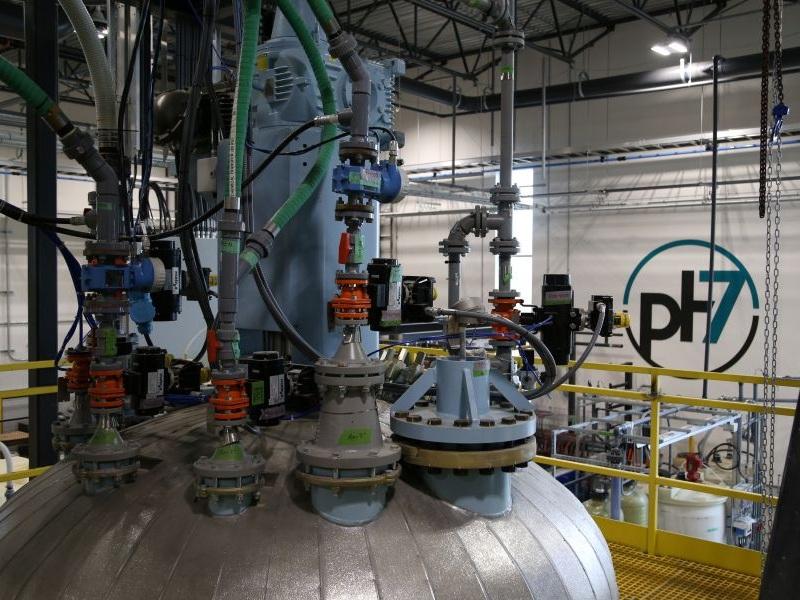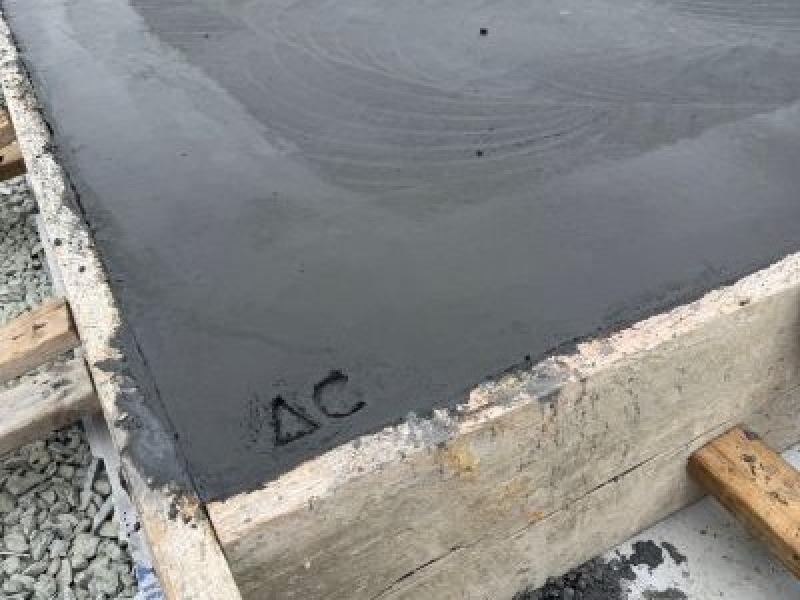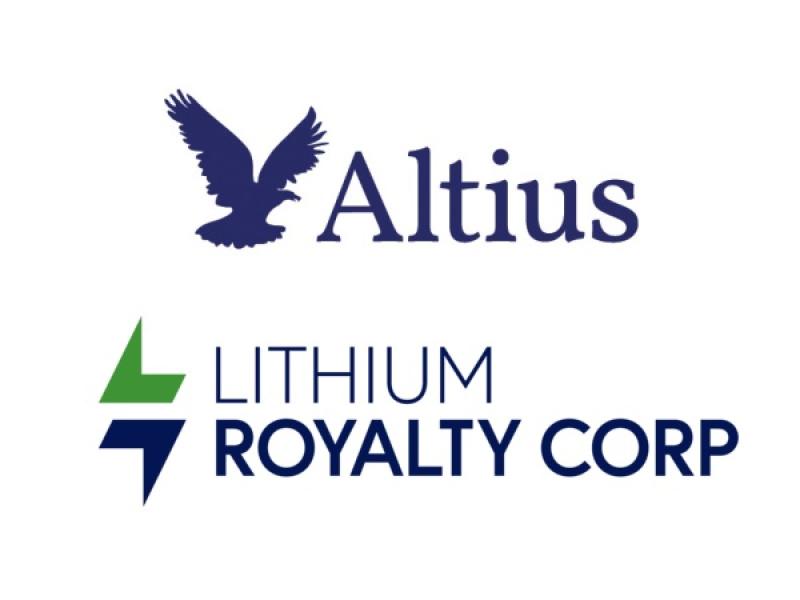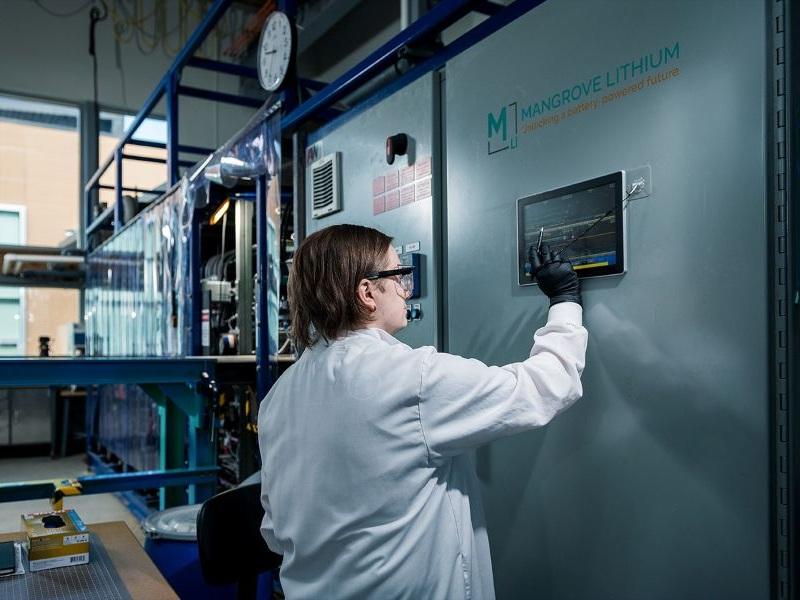
As construction on its first commercial lithium refinery takes place, Mangrove Lithium is already initiating development on a much larger facility that will supercharge its ability to serve the battery industry.
Based in Vancouver, Mangrove’s process refines lithium chloride and lithium sulphate extracted from brine, rock or clay into battery-grade lithium hydroxide, a cathode material for electric vehicle (EV) batteries.
Its first refinery, being built in Delta, B.C. and anticipated to begin production next year, is expected to have the capacity to produce enough battery-grade materials for approximately 25,000 EVs per year.
But earlier this month, Mangrove unveiled plans for a facility in eastern Canada that will have a whopping 20 times bigger capacity, able to generate enough battery-grade lithium for over 500,000 EVs per year.
With heightened geopolitical tensions over China that spills into lithium and other critical minerals, Mangrove is poised to capitalize with its emphasis on a local, politically friendly supply, CEO Saad Dara told Sustainable Biz Canada in an interview.
“When we work with battery makers, a large part of their focus is the development of non-China supply chains and the ability to access materials that are not produced in China,” he said. “They're looking for development of a North American supply chain.”
Mangrove’s Delta facility
For its 60,000-square-foot Delta refinery that will include its headquarters, labs and manufacturing of certain components, Mangrove is slated to receive feedstock from battery recycling operations and lithium miners in South America and Australia. The input will be refined into battery-grade lithium that will be sold to Japanese and South Korean battery makers.
“It really puts us in the area of electrochemical processing,” Dara said about the site. “It really puts us as the leader in this space, where we will have an operational facility that's operating end-to-end, and in the expected environment.”
In late January, Mangrove announced it closed a US$35-million investment to start construction on the Delta facility.
Mangrove’s much larger plant

With customer traction gained from the demand for North American lithium supply chains, more announcements of battery gigafactories in the U.S., and an anticipated deficit of lithium, Mangrove sought to benefit from the market shifts with its plans for a significantly larger refinery.
The current plan for the facility in eastern Canada is a refinery that will sit on a 20-hectare site, which would dwarf the Delta facility.
Similar in some ways to the first commercial facility, it will also have significant differences. For one, it will likely be receiving feedstock from North and South America and supplying the Japanese and South Korean customers, as well as large-scale battery makers with upcoming plants in North America.
The refining will also be more comprehensive in the proposed eastern Canada facility. The Delta facility as planned, Dara said, does not process the lithium rocks at full scale. But its bigger counterpart, he continued, “will be focused on actually taking the rocks and processing all the way.”
The purpose of the Delta site is “to prove out the electrochemical process,” whereas the second commercial facility’s emphasis will be elevating to the next scale and “really establish full processing capabilities within Canada.”
Production is anticipated to begin in late 2028. Dara would not disclose an expected cost for the facility. As a large-scale infrastructure development, Mangrove will be pursuing infrastructure investors, governments and strategic investors to help finance the project.
To secure early demand, the company signed memoranda of understanding with U.S. battery gigafactories for the offtake at the eastern Canada facility.
Battery industry support remains strong, Dara says
Despite economic choppy waters from tariff negotiations between Canada and the U.S. and a U.S. government hostile to clean energy development, Dara found little reason to panic so far.
He has been keeping a close watch on the trade barrier talks and has yet to see tariffs throw off Mangrove’s plans.
Though U.S. investment tax credits for solar and wind were set to be phased out sooner than originally planned, Dara noted the support for critical minerals and the battery supply chain was largely preserved.
“If anything, they have been looking at it and wanting to support more,” he said.
And while EV demand has slowed, it is still driving upward. The world is continuing to trend toward electric transportation, regardless of the current politics, Dara said. He directs Mangrove’s attention away from the short-term of the next few years and toward the long-term plans and goals for 2030, he explained.
“They're not two-, three-, four-year goals that are dependent on whatever the political or administration situation is.”


